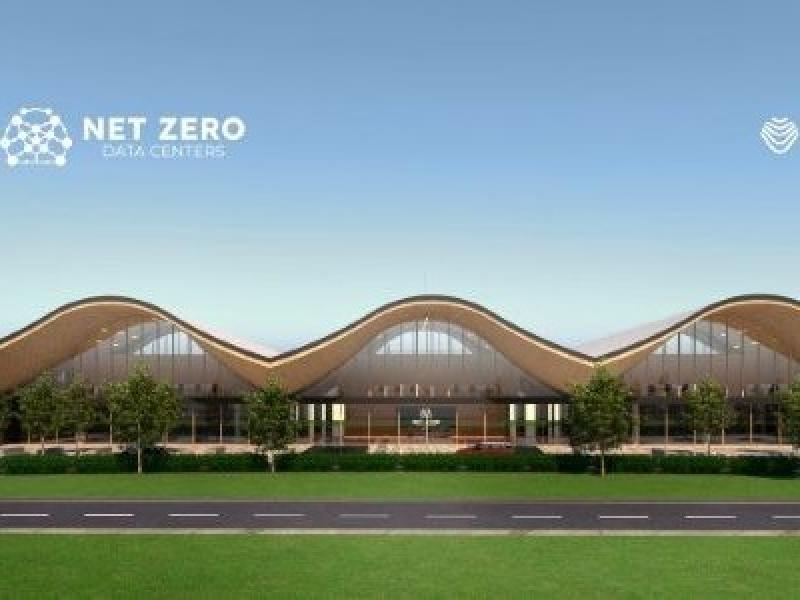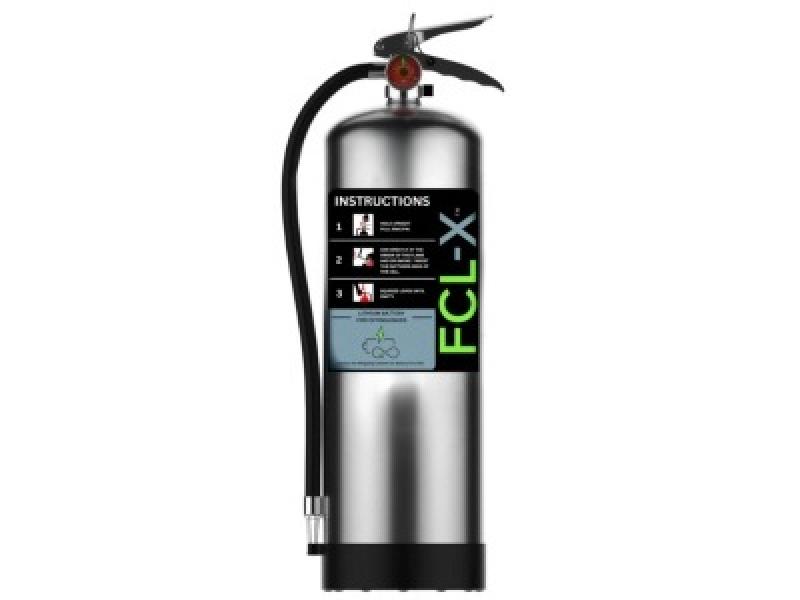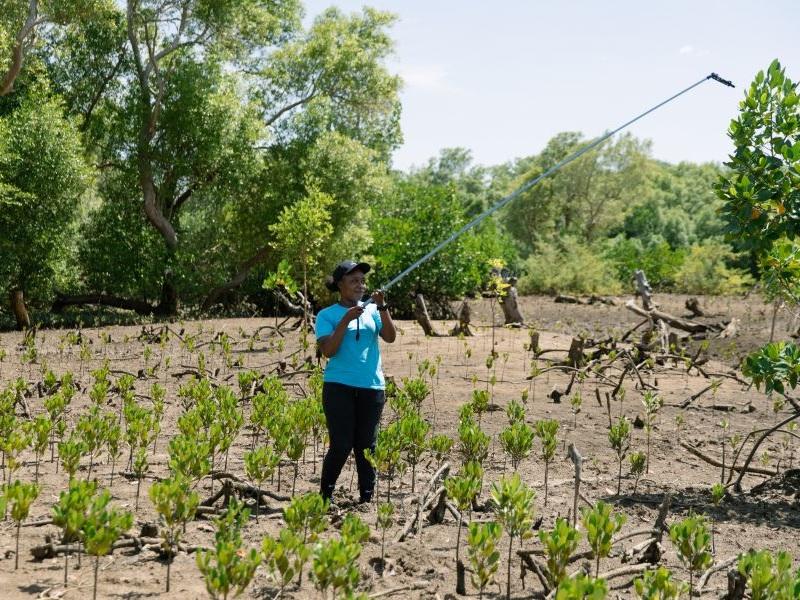
Kathairos’ founders Dick Brown and Jason Clarke in front of one of the pilot projects. (Courtesy Kathairos Solutions Inc.)
Cleantech startup Kathairos Solutions Inc. has received $1.58 million from the Clean Resource Innovation Network (CRIN) to fund its Simple Methane Elimination Using Nitrogen project.
Over two years, the pilot project is expected to eliminate methane venting from 100 wells at 60 remote Northern Alberta locations. This includes 40 single-well Cenovus Energy sites near Elmworth and 20 multi-well pads with a yet-t0-be-announced second producer, pending a successful initial three-month trial.
The system utilizes liquid nitrogen from an on-site storage tank to power remote, non-electrified oil and gas well-site devices, pumps and valves.
Typically, methane is used to inject methanol into the pipes in the winter to keep water and gas lines from freezing. Forty per cent of vented methane in oil fields comes from these pneumatic devices.
Over 100,000 sites routinely release millions of tonnes of CO₂ equivalent in Alberta each year in Alberta alone.
The methane project
Over the two-year period, the automated project is designed to eliminate 37,440 tonnes of CO2e – and 187,200 tonnes of CO2e over the life of the wells.
“Any one location, it’s not that big a deal,” said Dick Brown, Kathairos’ co-founder and CEO. “But it certainly is when you consider the 120,000 locations from a cumulative basis across western Canada.”
About a year and a half ago, Kathairos began testing with light oil producer Velvet Energy Ltd. Brown. The liquid nitrogen unit was constructed and had “run flawlessly ever since.”
That eight-month pilot displaced the methane equivalent of 523 tonnes of CO2, equal to removing 114 cars from the roads for one year. Now, the company is at the point of commercialization, where the CRIN funding comes in.
The company will truck liquid nitrogen to the sites “on a cost-effective basis,” where it will be stored in a high-pressure tank which looks very similar to the setup for propane, Brown explained: “They fill them up once a month or on an as-needed basis, and then the liquid nitrogen just slowly evaporates to high-pressure nitrogen gas.”
The manufacturing process for a system is four to six weeks. Kathairos’ has an agreement with Chart Industries Inc., which produces cryogenic tank solutions, and offers the capacity to build hundreds of the systems each month.
At the site, the nitrogen system can be installed and operational within a day, an obvious benefit for its scalability, according to Brown.
Once installed, they can remain operational for the lifetime of the well – 10 years or more. In addition to reducing methane emissions, the technology can also be used to generate carbon credits.
The growth of Kathairos
The company is also looking toward the U.S. market, which he said has 350,000 well locations facing the same issue.
Headquartered in Calgary, Kathairos was founded in 2020 by Brown and Jason Clarke. Aside from the methane removal project, the company also offers its carbon offset program.
Kathairos built its first unit in July 2020; then, it obtained regulatory approval in Alberta for a three-well pilot project two months later. That was in operation for over a year before the site was converted to the new commercial units.
The funding came specifically as a part of CRIN’s Reducing Environmental Footprint Technology competition. Brown called the process with CRIN to this point “pretty smooth.” Cenovus came on board after CRIN to use its wells as proof of concept.
In November 2021, the Colorado Cleantech Industries Association announced Kathairos as the eighth annual Oil & Gas Cleantech Challenge winner.
Scaling the nitrogen-based system
By 2025, Alberta will require 495,000 tonnes per year in methane reductions. The Kathairos website states by that time, this process could contribute 41,920 tonnes per year – or 8.4 per cent of the provincial goal.
This project will be used as a pilot to determine its scalability all over the western Canadian sedimentary basin – which comprises 1,400,000 square kms, including southwestern Manitoba, southern Saskatchewan, Alberta, northeastern B.C. and the southwest corner of the Northwest Territories.
“They’re looking to go to a much larger scale once we demonstrate that a distribution network can be worked,” Brown said. “Which is exactly what this current project is . . . One of the real benefits of doing it is that we can address the tiny emitters to the very large ones and effectively do it.”
Overall, the company figures there are about 80,000 high-emitting locations and 20,000 more considered low emitting.
The company also has pilot projects in the Marcellus Formation, which extends throughout most of the Appalachian Basin in the U.S.
Additional partners include Air Liquide Canada, Green Analytics and Iconic Electric and Controls.
“We are proud to support Kathairos in deploying this innovative solution to reduce the emission of methane, a potent greenhouse gas, by ensuring a safe, reliable and efficient supply of nitrogen,” said Bertrand Masselot, president and CEO of Air Liquide Canada, in a statement. “This initiative aligns perfectly with Air Liquide’s commitment to developing solutions for its customers, contributing to a more sustainable future.”
CRIN is supported by a $100 million investment from Canada’s Strategic Innovation Fund. At least half of the fund is earmarked for small and medium-sized businesses.










